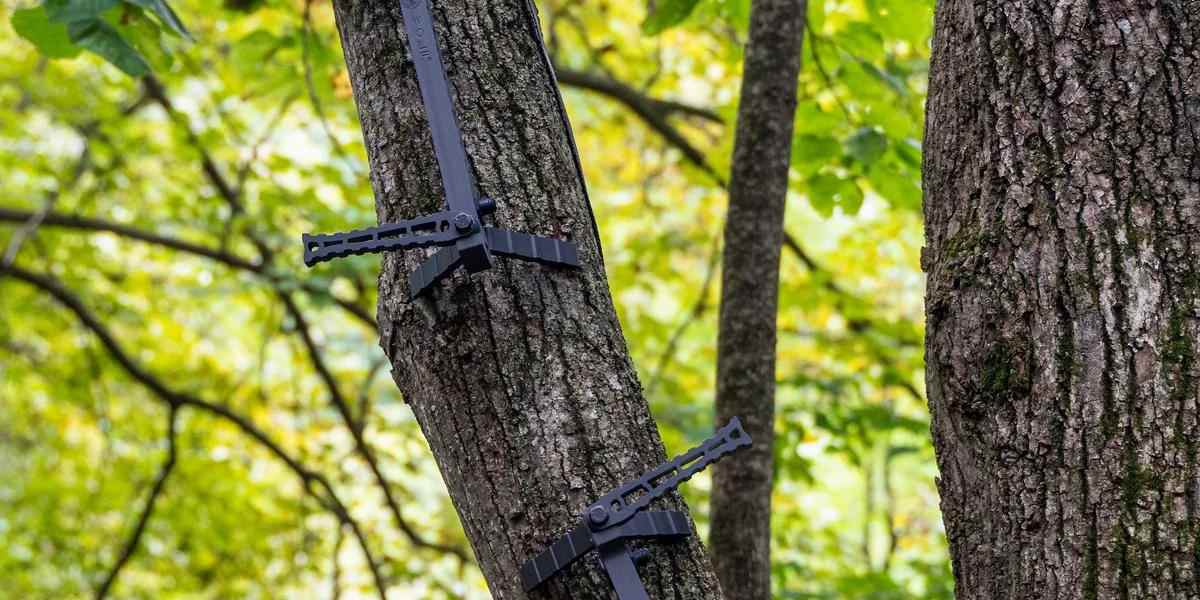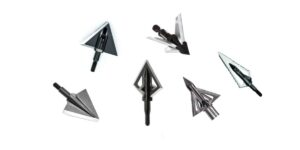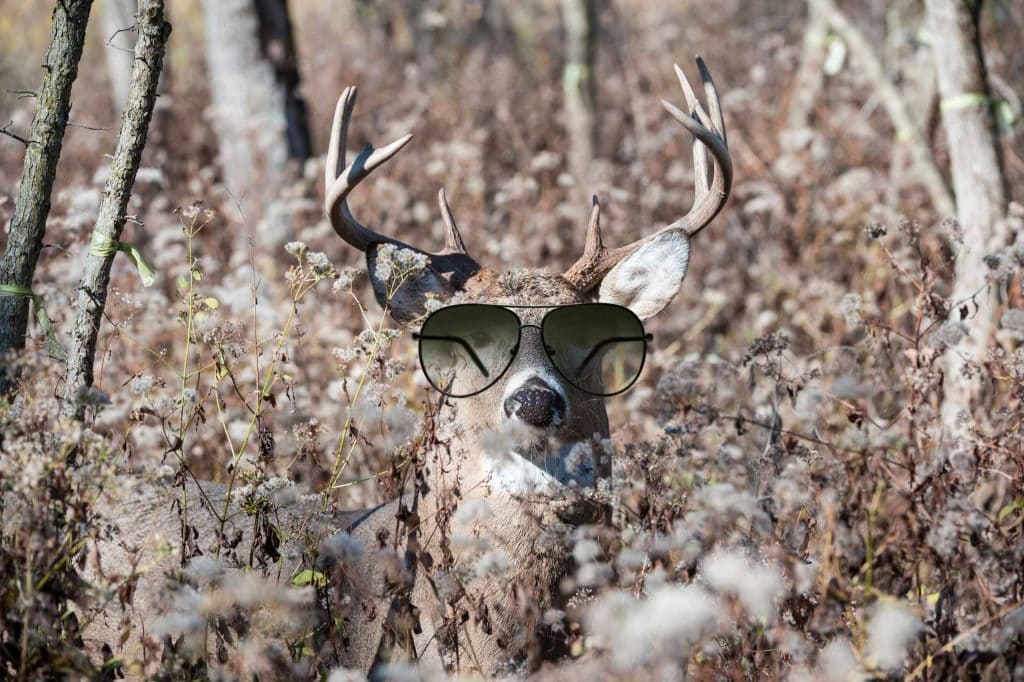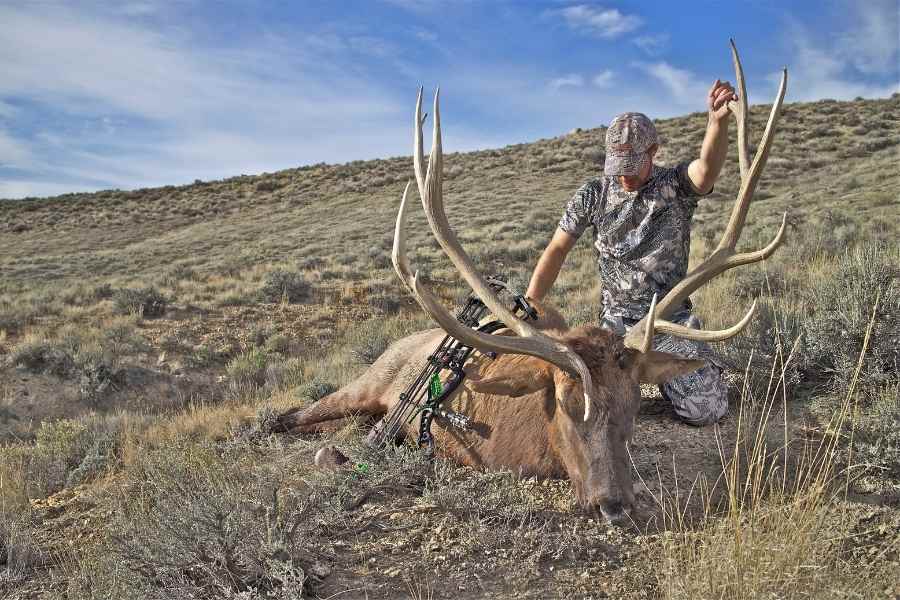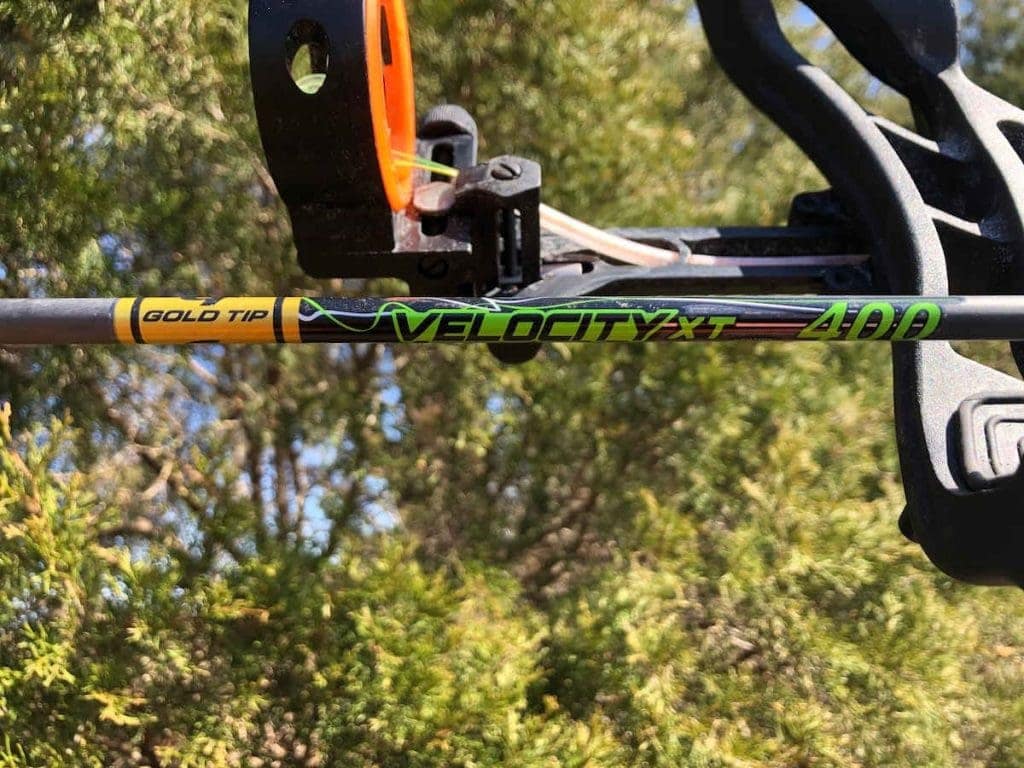Ever felt the thrill of the hunt, but cumbersome gear held you back? Enter the D’Acquisto Series Compact Climbing Stick, a stealthy solution to your mobility needs. These sticks redefine lightweight portability while delivering top-tier durability.
This article will explore how these sticks revolutionize your hunting game, discussing features, benefits, comparisons, and my personal journey.
Discover why the Lone Wolf Climbing Sticks are the ultimate choice for hunters seeking agile efficiency.
Contents (Jump to Topic)
ToggleLone Wolf Climbing Sticks – D’acquisto Series Compact Climbing Stick
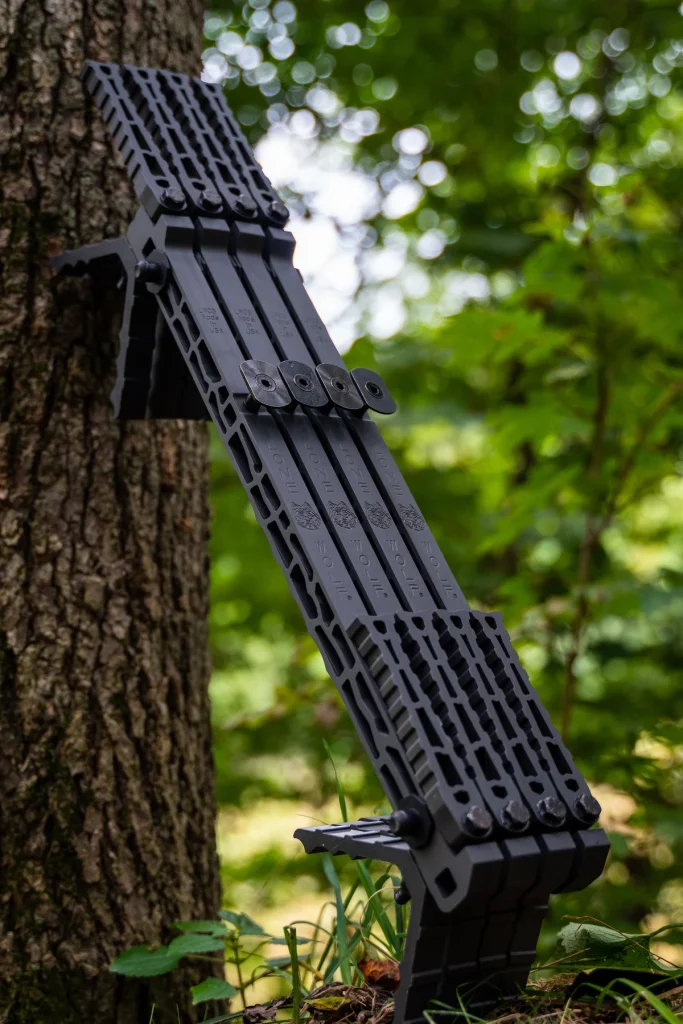
The D’Acquisto Series Compact Climbing Stick is the go-to choice for mobile hunters needing a lightweight, portable climbing stick.
As the lightest and most compact option on the market, it offers ultimate mobility without compromising function.
Made in the USA with top-notch materials, these sticks are built to last. With features like a roomy step bed, no-slip step design, and integrated climbing grip, safety is never compromised.
Customizable and sold individually, these sticks provide freedom for personalization. They also have a convenient compact stick stacking system for easy transport and storage.
Product Specifications
– 1lb 9oz (14″), 1lb 11oz (17″), 1lb 13oz (20″), 2lb 6oz (32″)
– American Made Metal™
– 300lb weight rating
– Available in Standard length or micro
– Patented Compact stick stacking system
– Asymmetrical concealment pattern
– No-slip step design
– Hammered titanium finish
– Increased foot clearance
– Rope fastening is optional and available
– Integrated climbing Grip
– Reversible steps
– Micro versa attachment buttons
Buy Here: https://www.lonewolfcustomgear.com/products/dacquisto-series-climbing-sticks
With a weight capacity of 300lb, these climbing sticks are designed to support hunters of various sizes.
The material’s durability is ensured using American Made Metal™ and a hammered titanium finish, adding strength and resistance against wear and tear.
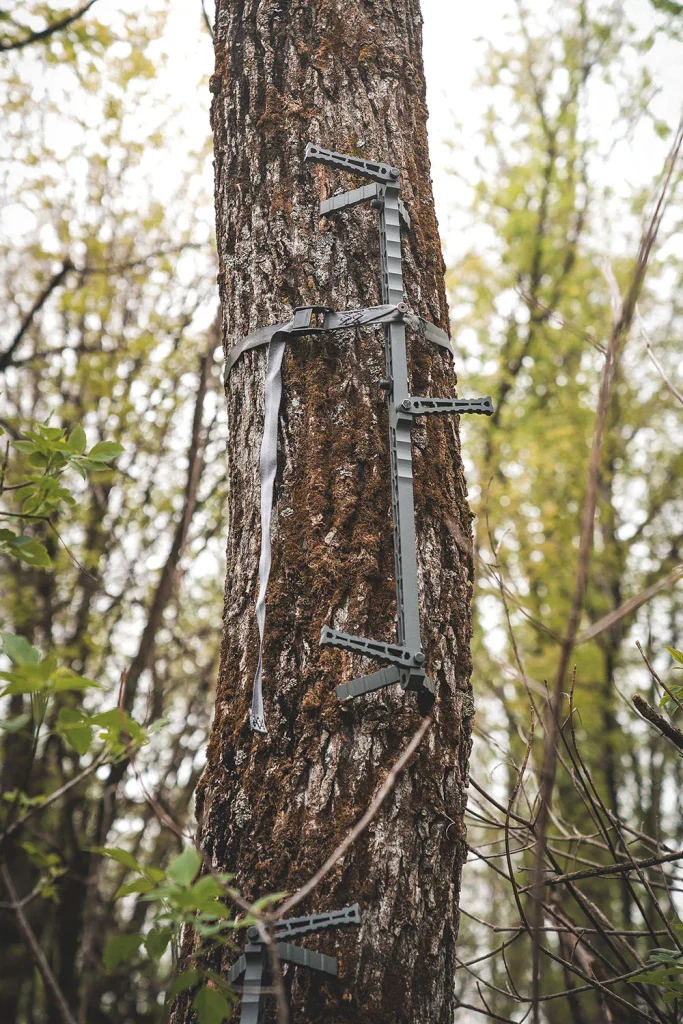
The no-slip step design offers secure footing even in wet or slippery conditions, enhancing safety during climbs. Regarding portability features, these climbing sticks are lightweight and easy to transport due to their compact size and ability to stack securely together.
As for customer reviews, many users have praised these climbing sticks’ quality, construction, and reliability, making them a popular choice among treestand hunters.
Why Are The Lone Wolf Climbing Sticks The Best For A Mobile Hunter?
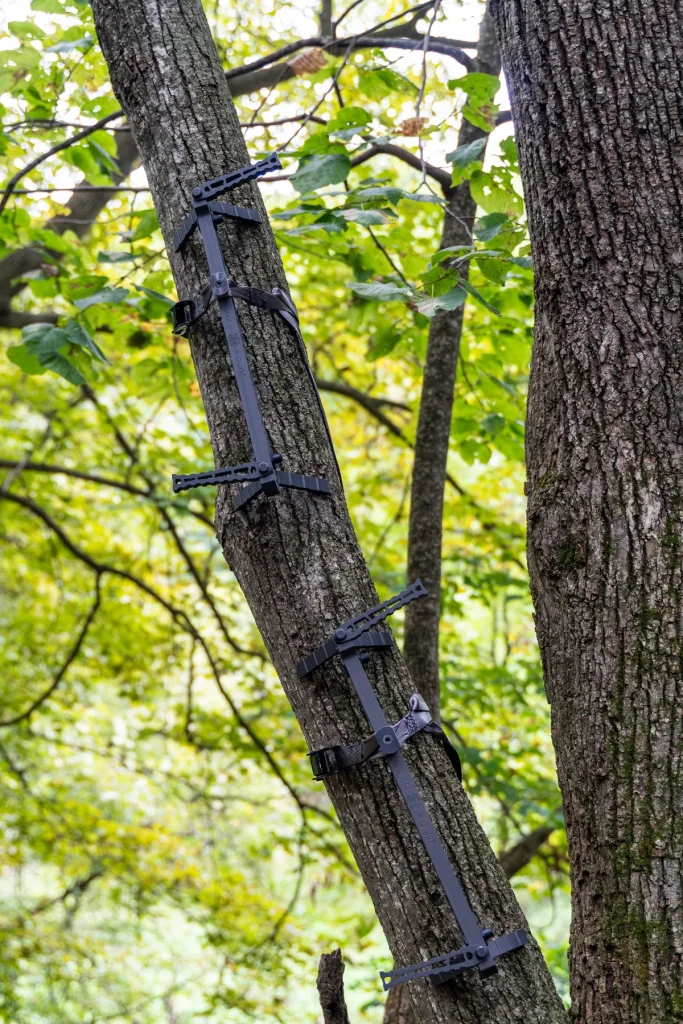
Regarding mobile hunting, my unwavering choice is the Lone Wolf climbing sticks. Let me explain why these sticks are not just a preference but a necessity for those who, like me, seek peak performance and unmatched reliability in the field.
Their design goes beyond the ordinary – it’s all about double usability. A reversible setup and rock-solid construction ensure I can focus on hunting rather than worrying about maintenance.
These sticks adapt seamlessly to different tree conditions, guaranteeing I always find the perfect vantage point.
They’ve earned the trust of seasoned hunters for a reason; their simplicity in setup is matched by a lifetime of dependable use.
Packs up Nice
When packing up for your mobile hunting trips, you’ll love how the Lone Wolf climbing sticks fold up nicely and compactly. The compact convenience of these sticks makes them a top choice for hunters on the go.
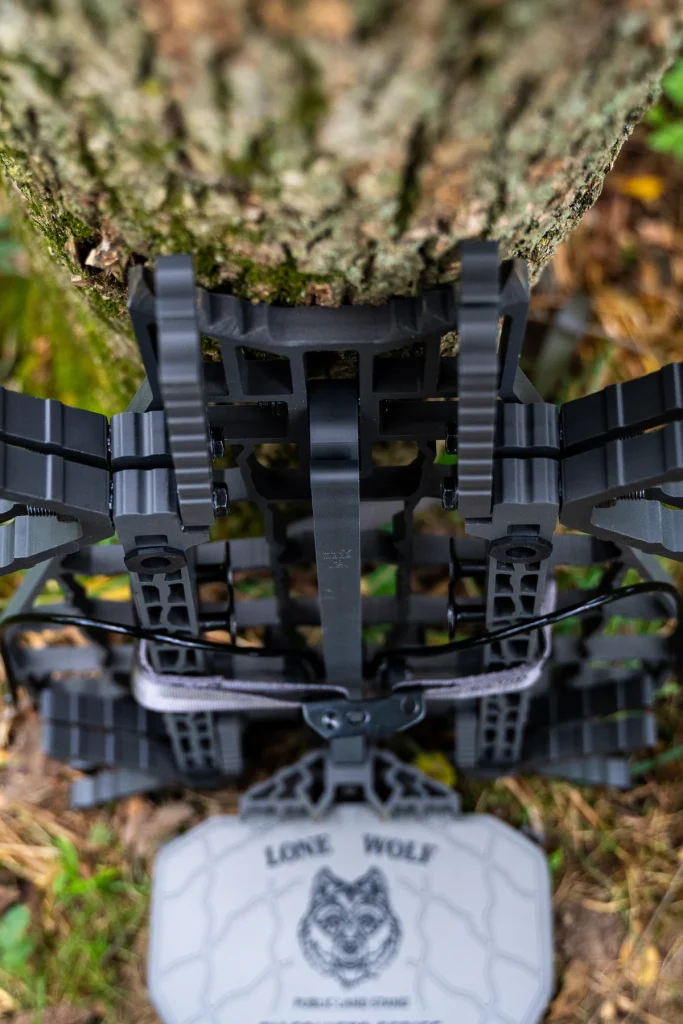
Their lightweight portability makes them easy to carry and won’t weigh you down during your trek. Setting them up is a breeze, thanks to their quick setup feature. And when it’s time to head back home, they can be efficiently stored away without taking up much space.
Accessible transportation is another advantage of these climbing sticks, as they can easily fit in your backpack or attach to your hunting gear.
Buy Here: https://www.lonewolfcustomgear.com/products/dacquisto-series-climbing-sticks
Overall, the Lone Wolf climbing sticks offer unmatched convenience for mobile hunters who value efficient storage and easy transportation.
Very Quiet
You’ll love these sticks’ stealthy prowess during your hunts. With a focus on staying covert, the Lone Wolf climbing sticks offer a noiseless ascent that ensures your hunting experience remains undisturbed.
The sticks operate in silence, allowing you to climb without making a sound. This careful design eliminates any potential noise that might spook game.
Their sturdy construction adds to their stability, preventing any bothersome creaks or squeaks while you climb.
For those of us who prioritize remaining undetected in the woods, these sticks are a dream come true.
Whether you’re setting up your stand or navigating through the trees, you can move effortlessly and soundlessly, giving you a significant edge over your prey.
The Lone Wolf climbing sticks stand unmatched in the realm of maintaining stealth and enabling a genuinely quiet hunting experience.
Weights/Fastening Options

You can choose cam strap, loop strap without buckle, or rope as fastening options for climbing sticks.
The D’Acquisto Series offers a range of weights and fastening options compared to other climbing sticks on the market. The cam strap weighs 5 ounces, the loop strap without buckle weighs 2 ounces, and the rope weighs 3 ounces (6mm).
There are pros and cons when deciding between the cam strap and rope fastening options. The cam strap provides a secure and adjustable fit but adds weight to your setup. On the other hand, the rope option is lighter but may require more effort to ensure a tight fit.
Additionally, stick length plays a role in overall weight and portability. Longer sticks will add more weight but may provide increased reach.
Users have provided positive feedback on the no-slip step design and increased foot clearance of the D’Acquisto Series climbing sticks.
read.. how to get up a tree
Different Stick Lengths Available
The D’Acquisto Series Compact Climbing Stick offers different stick lengths to accommodate various hunting styles.
Shorter climbing sticks have pros and cons, like the 14′ and 17′ options. They are lighter and more portable, making them easier to carry during long treks in the wilderness.
However, they may not provide enough height for hunters who prefer elevated positions or tall trees.
On the other hand, longer climbing sticks like the 20′ and 32′ options offer greater reach and stability while climbing.
To maximize the benefits of longer sticks, ensure proper attachment to the tree and use additional safety measures such as harnesses.
It’s essential to compare the portability of different stick lengths based on your physical capabilities and hunting style.
Remember that stick length directly affects stability and safety while climbing, so choose wisely to ensure a secure hunting experience.
My Verdict
If you’re a mobile hunter like me, you’ll find these climbing sticks an absolute game-changer. They’re not just sticks; they’re the epitome of lightweight versatility, designed to enhance your hunting experience in every way.
I also find that the D’Acquisto Series Compact Climbing Stick addresses a crucial need for mobile hunters.
With its high-quality materials and innovative design, it’s not just about functionality – it’s about durability and reliability.
When you’re out in the wild, you need gear that can keep up with you, and these sticks deliver.
What truly sets these sticks apart is the level of customization they offer. We believe that hunting is personal, and your equipment should reflect that.
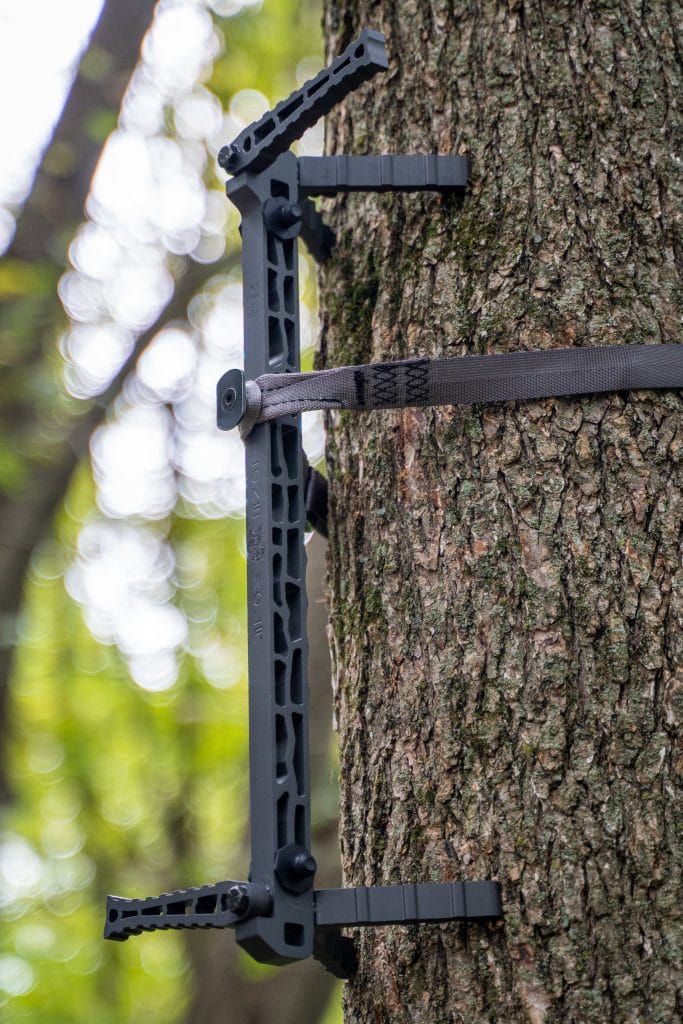
These sticks can be tailored to your setup, ensuring you’re comfortable and in control. And let’s talk about the compact stick-stacking system; it’s a game-changer for transportation and storage.
Our testing found that the D’Acquisto Series Compact Climbing Stick transforms the way you hunt from a treestand.
Buy Here: https://www.lonewolfcustomgear.com/products/dacquisto-series-climbing-sticks
They elevate the experience by providing the ultimate mobility while maintaining safety standards. These sticks aren’t just for show; they’re built to support you, adapting to your needs as a mobile hunter.
So, if you’re hunting for a climbing stick that aligns with your mobile hunting lifestyle, look no further. With the D’Acquisto Series, we’ve found a companion that redefines lightweight, portable performance.
We’ve tested and found that these sticks aren’t just tools – they’re vital for a more efficient and effective hunting journey.
Possible Downsides
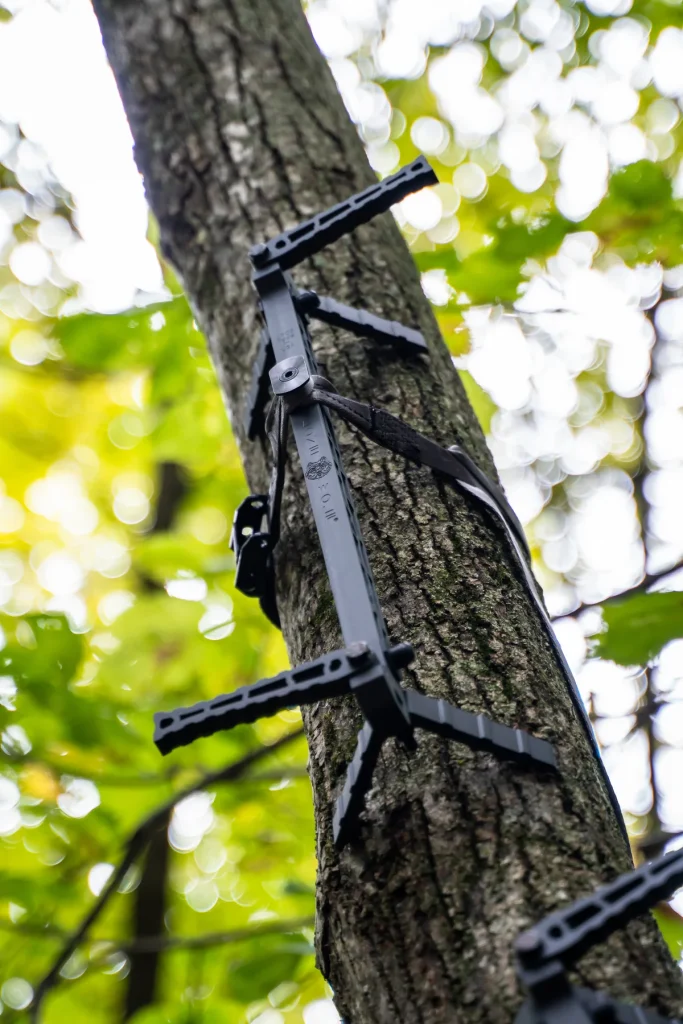
They don’t have double steps!
These sticks don’t offer double steps! However, they provide a lightweight alternative for mobile hunters seeking enhanced maneuverability in the field.
Despite lacking double steps, these climbing sticks make up for it with their height adjustment feature, allowing hunters to adapt to different tree sizes and conditions.
These sticks offer increased stability during climbs, ensuring the hunter’s safety while hunting.
The easy setup of these sticks further adds to their appeal, making them a convenient choice for those who value efficiency and simplicity in their hunting equipment.
